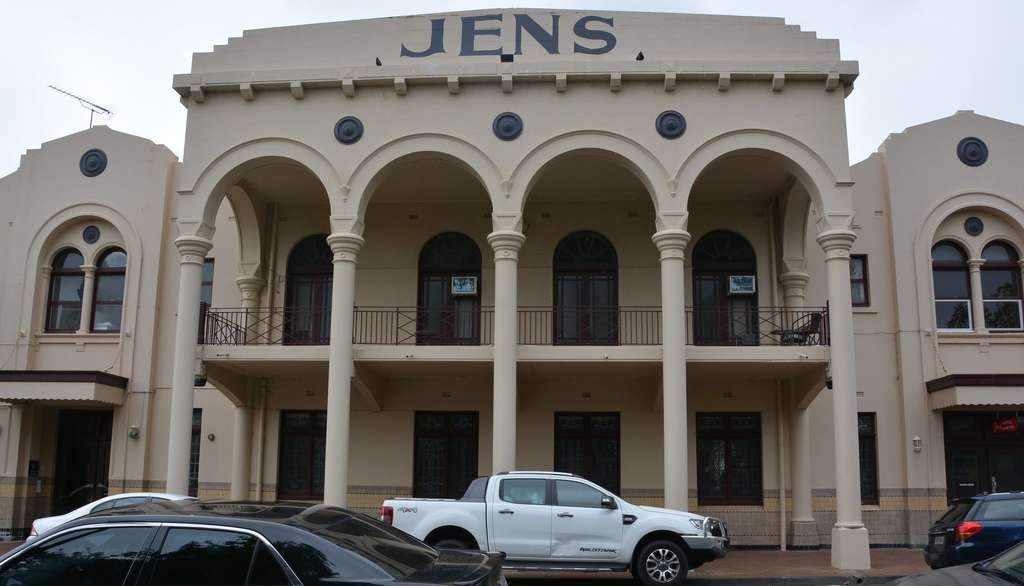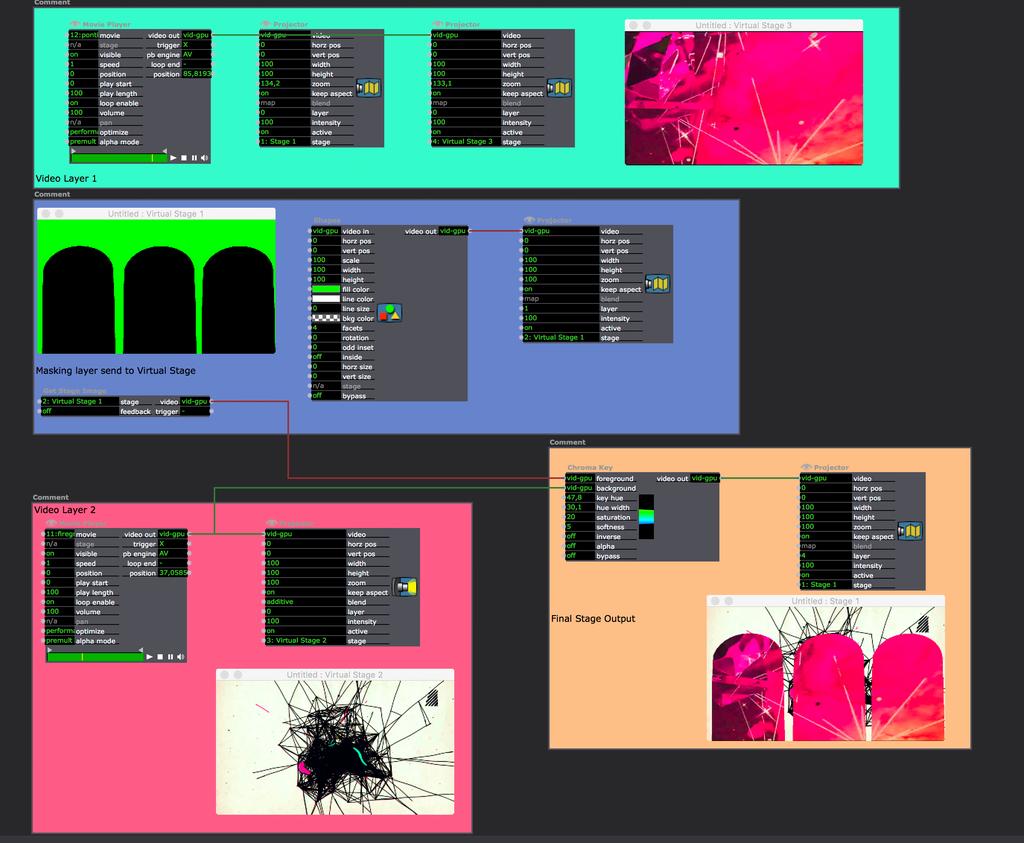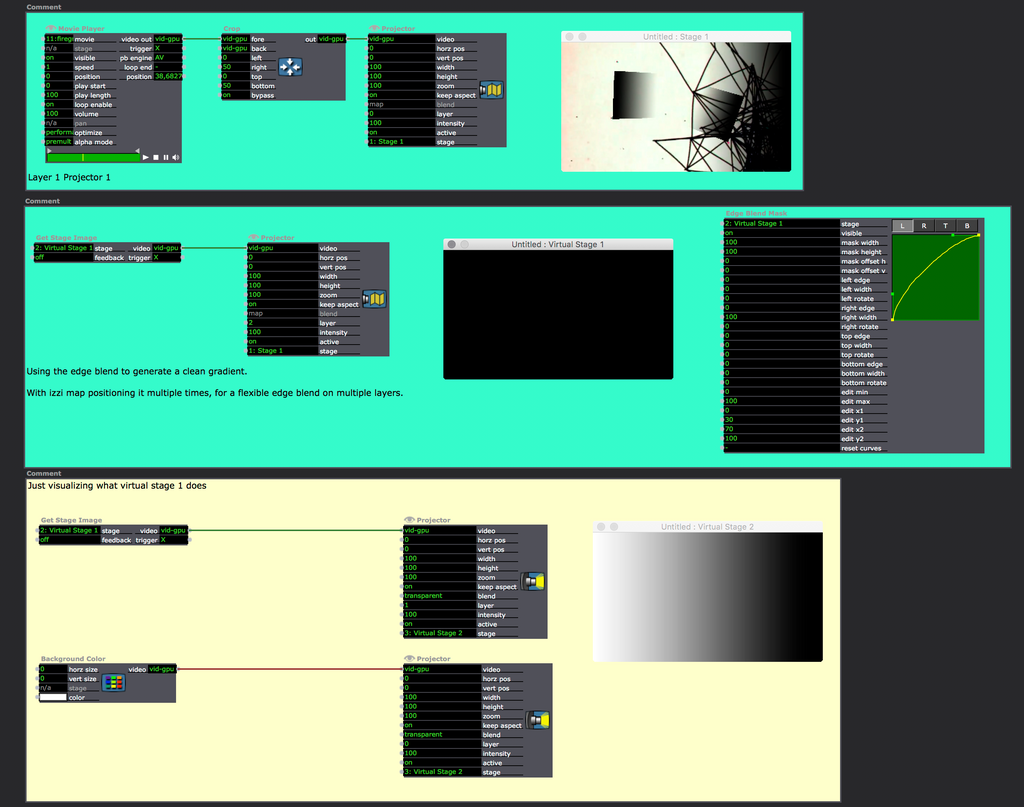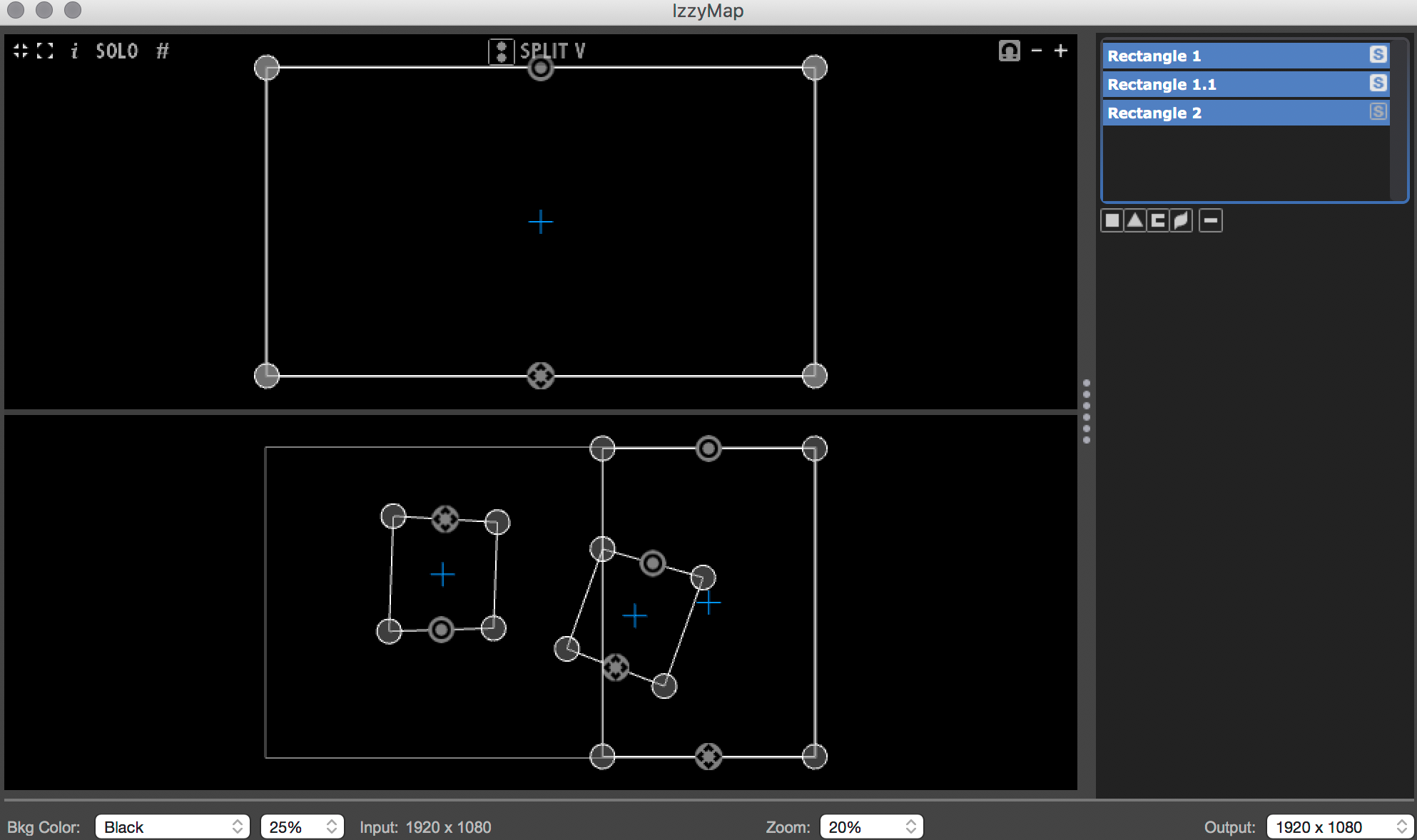[ANSWERED] Edge blending and mapping on surfaces of different depth
-
Hi
This is the building I want to map and as you can see the pillars and arches are further forward than the rest of the building.
I will be using either 3 x 8,500 lumen or 4 x 7500 lumen. (either 2 x 2 or alternatively 3x1 portrait)
If I blend to the front surface the "cross-over point" will be out at the back.
Im not sure which direction to take.
I note that in Isadora a projector can't be assigned to multiple stages.
Is there a solution within izzy?
Should I consider syphon through to either Qlab or Madmapper
The event is in 2 weeks so I am a little daunted by what Ive taken on
Regards
Jim.

-
@video-architect to do this properly you will need to use software that can calculate the proper overlap. This is done by starting with an accurate 3D model of the building and then texture mapping the surface. From here each projectors point of view is calculated and the relevant pixels sent to the output. This is a standard workflow for projection mapping like this and not something that diaspora can handle easily. I guess if you used the 3D model actor and virtual stages you could kind of replicate this.
Considering your timeframe this workflow is likely not available. You can cut out more slices from the image in the mapping tool for everything that is further away and then adjust the positions. The blend with not be great on the walls behind the pillars.
If you can make a very accurate drawing of the building from the architectural plans and then use a UVMap grid as a background. This would be most useful for doing the alignment as it should match the building and have clear lines. You would have to be quite careful about trying to align the physical projectors in the most uniform way possible. Same rotation angle on every axis, same height and distance from the building. I have done this with Isadora before and gotten pretty passable results.
Take a look at some of the disguise projection mapping tutorials if you want to try copy the technique in Isadora.
-
Thanks for your feedback Fred. Yeah my mapping could definitely be improved. The links to the tutorials very helpful.nFor this project however I dont need to achieve a highly 'accurate' image.
Syphon to mad mapper is looking promising - and surprisingly straightforward.
many thanks.
-
@video-architect without needing the 3d model, Isadora does pretty much the same stuff as mad mapper. Is there something in particular in mad mapper that you need to make this work that Isadora does not have?
-
Non of the listed software tools are capable of doing a perfect mapping of this curvy front easily. Only very expensive media server, like disguise or Pixera can do the 3D calculations on the fly and add accurate edge blend.
considering your very short time frame, I would go the simplest route.
Just do separate layers. There are several ways to generate several layers in Isadora. For the most flexible way, use multiple projectors per scene. Every projector offers his own layer value and izzi map function. With the right blend mode set, you can send these projectors to the same stage.
Projector/ Layer 1: The background with pre cut video or a masking in izzi map.
Projector/ Layer 2: The pillars and general front.
You could even go with a projector actor for each object you'd like to map separately.For the masking use an extra layer which goes to a virtual stage. With this you can do a very flexible (alpha-) masking within izzy map.

Do this for every layer you feel to need a separate mapping. If you need to warp each layer separately, pipe them through a virtual stage as well, before finally adding them to the masking layer with the keying (a separate one, then)An edge blend is very complex here (as is the whole thing because of the curves and levels).
But you can do a simple manual edge blend with a similar technique, using a virtual stage and do the edge blend actor on it.

Regarding the calculations for the hardware projectors, you should use the foremost front as the projection screen. everything behind it, will be overlapping anyway.PS: I used a chroma key for the masks, as in my experience the luma doesn't work as well.